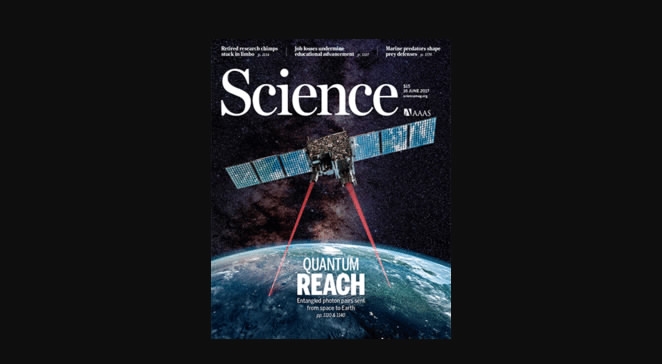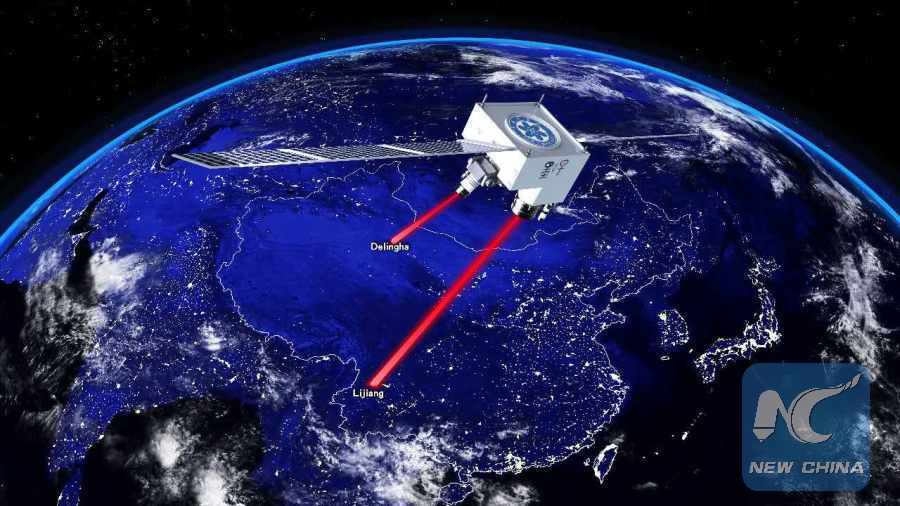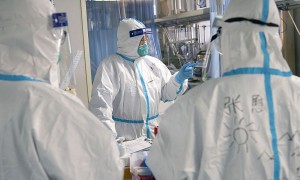Chinese scientists have reported the successful transmission of entangled photons across 1,200 km using satellite technology, over 10 times the distance achieved by land-based optical fibers, in a feat that could help with the development of communication networks over vast distances.
The research, led by Professor Pan Jianwei from the Chinese Academy of Science (CAS), was published in the US journal Science on Friday.
"This work lays a reliable technical foundation for large-scale quantum networking and quantum communication experimental research, as well as experimental testing of basic principles of physics, such as general theory of relativity and quantum gravity, in outer space in the future," Pan told Xinhua News Agency in an interview.

US journal Science featured the experiment of Chinese scientists about quantum entanglement distribution on its June 16 issue cover. /Science Photo
Entangling or "linking" quantum particles together over long distances was previously limited to 100 km as the entanglement would be lost through fiber optics. However, the Chinese scientists succeeded to distribute entangled photo pairs to two locations separated by a distance of 1,203 kilometers.
This was made possible thanks to Micius satellite, the world's first quantum satellite launched by China last year. The orbiting satellite communicated with two ground stations, one located in the city of Delingha, in northwest China's Qinghai Province and the other in southwestern province of Yunnan. The two cities are separated by a distance of 1,203 kilometers, while the distance between the suborbital satellite and the Earth varied between 500 and 2,000 kilometers.

Quantum-communications satellite Micius helped Chinese scientists with their achievemnt. /Xinhua Photo
According to Pan, the team established entanglement between two single photons by combining so-called narrow-beam divergence with a high-bandwidth and high-precision acquiring, pointing, and tracking technique to optimize link efficiency.
Quantum technology paves the way for unhackable communication, as quantum entanglement is considered as a potential powerful tool for sending information safely.
The discussion of quantum entanglement dates back to 1935, with Einstein, Schrodinger and other scientists. Quantum entanglement enables the secure distribution of keys to encrypted secret information. Any third party that attempts to use the key would be detected by the sender and receiver.
Many satellite scientists around the world have welcomed the achievement.
"Since they launched the satellite, all of us working in this area have been expecting some results," Chunle Xiong of the Australian National University, who is developing Australia's own quantum satellite, told Australian Broadcasting Corp., noting that "I'm very surprised that they have achieved this so quickly — less than a year's time."
"This is a heroic experiment because so many detrimental factors were working against researchers (and) attempting to destroy a quantum nature of the photonic entanglement in this landmark experiment," Alexander Sergienko, a quantum physicist at Boston University, told Xinhua News Agency. "It is hard to overestimate the impact of this result on the development of modern quantum physics."







